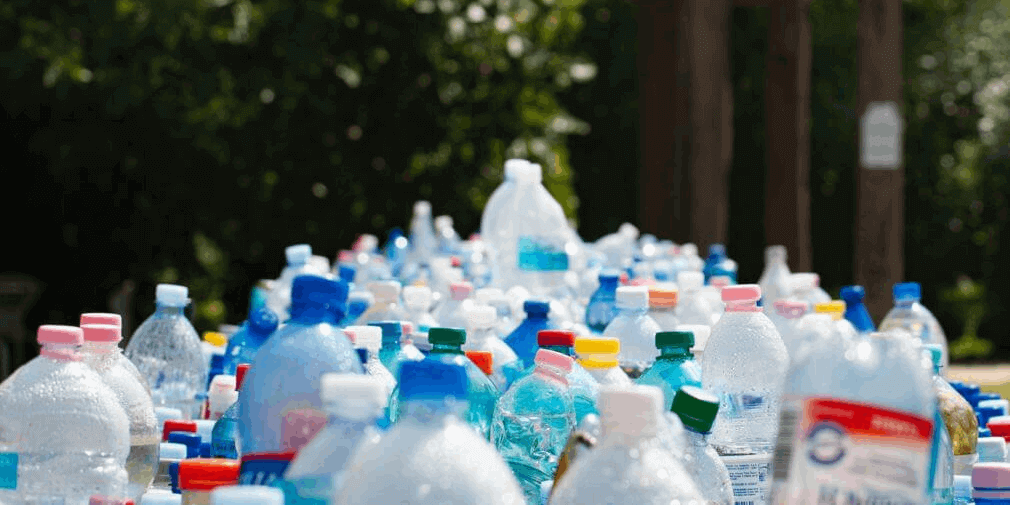The country expects that, within six years, 25% of plastic containers and packaging will be made from recycled material and 100% will be designed in line with the circular economy concept. The announcement was made five months before COP25 takes place in Chile.

In April, Chile became the third country (after England and France) to launch a “Plastics Pact”, an initiative that is part of the “New Plastics Economy” project promoted by the Ellen MacArthur Foundation.
Large companies, NGOs, foundations, the government, business associations and the municipal sector have undertaken to work towards four goals for 2025. Five months before the COP25 climate summit takes place in Chile, these are the undertakings:
- Goodbye to single-use plastic
The first has to do with actions to eliminate single-use plastic containers and utensils that are problematic or unnecessary by redesigning them and through innovation. That is, to put more thought into “ecodesign”, something that is in the DNA of Chile’s Recycling Law (REP).
- Ecological design
The second undertaking goes further and establishes that 100% of plastic containers and packaging must be designed to be recyclable, reusable or compostable. Nestlé, Soprole, Unilever, Coca-Cola, Resiter, Mall Plaza and Amcor are the companies that have adhered to the pact so consumers will surely start to see a series of innovations in their products and services that will spread to the private sector in general.
- Recycling, reuse and composting
The third undertaking, which points in a similar direction, establishes that “one-third of domiciliary and non-domiciliary plastic containers and packaging must effectively be recycled, reused or composted.” According to a study by the Association of Plastic Manufacturers of Chile (ASIPLA), 83,679 tonnes of Chile’s apparent annual consumption of plastic resins (990,000 tonnes) are recycled. In other words, 8.5%. It should be noted that the other more than 90% does not necessarily go to landfills.
The report also indicates that Chile has the capacity to increase its recycling rate since only 48% of its installed milling capacity and 57% of its installed pelletizing capacity are used. Installed capacity for recycling plastics is located mostly in the Santiago Metropolitan Region where 79% is for milling/crushing and 83% is for pelletizing.
- Recycled material
The last goal is for 25% of the material of containers and packaging (in their different formats) to be recycled.
To learn more about Chile’s commitment to the environment and the investment opportunities the country offers, see this article.
Source: Hub Sustentabilidad



%2017.11.51.png)

